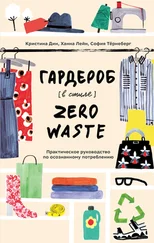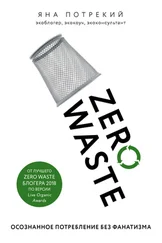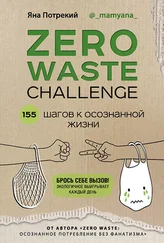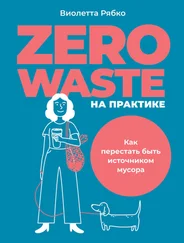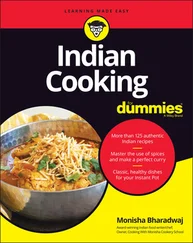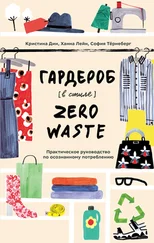1 ...7 8 9 11 12 13 ...16 According to a report from the Food Waste Alliance, about a third of the world’s food is wasted. The Food and Agriculture Organization of the United Nations defines food waste as “the decrease in the quantity or quality of food resulting from decisions and actions by retailers, food service providers and consumers.” This can include not shelving produce that’s less than desirable in shape, size, or color. Or pitching foods that are beyond the best-by date or are leftover in both restaurant and household kitchens (see Chapter 4for more on best-by dates).
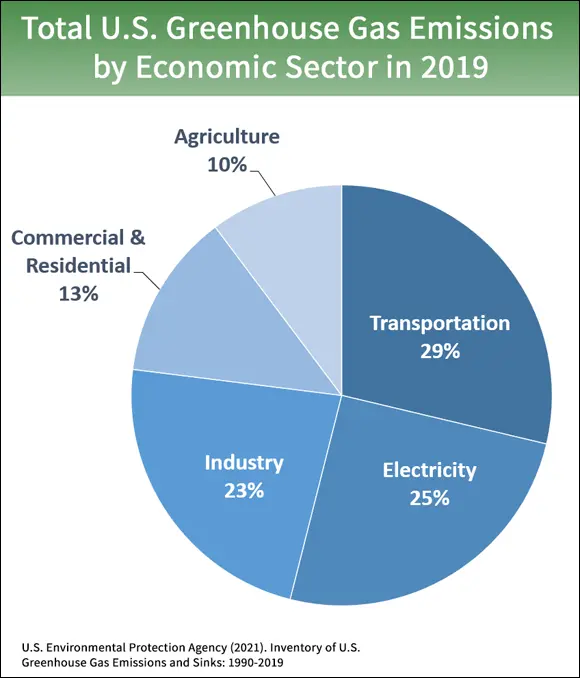
Courtesy of U.S. Environmental Protection Agency
FIGURE 2-1:Sources of U.S. GHG emissions by economic sector in 2019.
While it’s estimated that the world wastes 1.4 billion tons of food, the United States wastes more than any other country. In 2018, the U.S. generated 63 million tons of food waste from commercial, institutional, and residential sectors, according to the EPA’s 2018 Waste Food Report. That also includes food that’s never eaten. Interestingly, it’s estimated that with the increase in takeout, and food eaten at home during the 2020 pandemic, more food was wasted in 2020 and 2021.
 Every sector has a role to play in reducing food waste. The goal of this book is to help you understand why it’s important to reduce food waste and what part you can play by changing some of your personal food waste habits.
Every sector has a role to play in reducing food waste. The goal of this book is to help you understand why it’s important to reduce food waste and what part you can play by changing some of your personal food waste habits.
There’s good and bad news. Over the years, it’s been a challenge to track food waste. In 2018, the EPA revised its food measurement methodology to better capture where excess food goes through the food system. The bad news is that we wasted much more food in recent years compared to 1960 (63 million tons in 2018 compared to 12.2 million tons in 1960). The good news is that only 56 percent of the food waste generated in 2018 went to landfills, compared with 100 percent going to landfills in 1960.
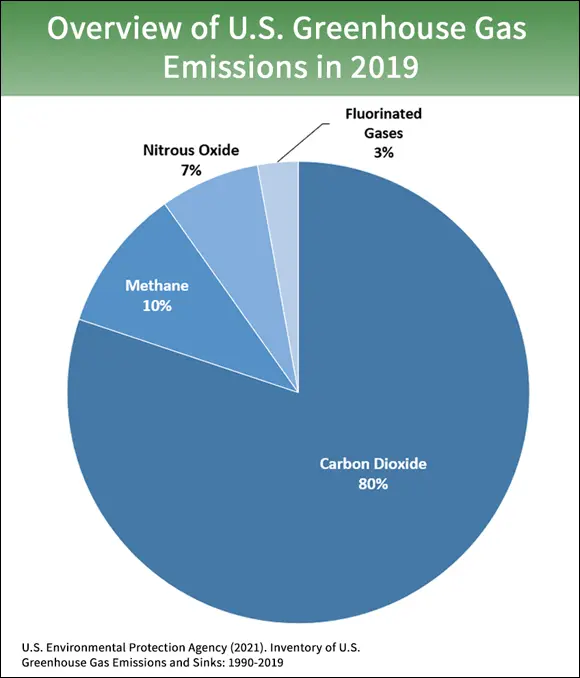
Courtesy of U.S. Environmental Protection Agency
FIGURE 2-2:Overview of GHG emissions in 2019.
By 1980, the U.S. began working on diverting food waste from landfills and using it for energy (converting food waste to usable heat, electricity, or other fuel), to feed animals, or for composting. We’ve made progress in waste management, but we still have a way to go to reduce overgeneration of food waste.
 Food security is also a global issue. More than 800 million people in the world are hungry. You can find out more about donating food in Chapter 1.
Food security is also a global issue. More than 800 million people in the world are hungry. You can find out more about donating food in Chapter 1.
Most of the foods we eat today were created through traditional breeding methods. Genetically modified organisms (GMOs) are widely misunderstood due to misinformation or lack of information. Images of “frankenfoods” are shown on the Internet giving an image of scary, unnatural interference with our food supply. A genetically modified organism refers to a precise form of plant breeding that uses genetic engineering (or bioengineering) to create a new seed or plant. Traditional plant breeding takes much more time than GE and makes it a difficult to make specific changes in the plant.
How does genetic engineering work? In simple terms, a scientist identifies a desirable trait in one plant or organism and transfers it to the plant or organism they want to improve.
Perhaps it’s better to understand what GMOs aren’t. There are currently only 10 approved GMOs in the U.S. market: field corn, canola, soy, alfalfa, sugar beets, Arctic apples, potato, squash, papaya, and cotton. About 70 percent of the GM crops produced in the U.S. are consumed by livestock animals. Some people worry that animals who have eaten the GM crops will produce food that’s somehow genetically modified. That’s not how it works. GMOs have never been found in the milk or meat of animals fed genetically modified feed.
Many experts say that implementing bioengineering in agriculture has the ability to help reduce the use of pesticides, reduce GHG emissions, and support overall agriculture-related environmental conservation. Plant scientists have discovered amazing ways to produce hardier plants that can withstand draught, inhibit pests, have shorter growth cycles, allow for more food to be grown on less land and erosion — all factors that reduce the overall carbon footprint.
From Farm to Fork: Understanding Where Your Food Comes From
Getting food to the grocery store is a complex and labor-intensive process involving several systems that begins with agricultural production and ends with food distribution. In the simplest terms, it involves four steps: production, processing, distribution, and consumer market.
The first step is producing or growing the food — that is, growing plants to feed animals producing meat, and growing grains, fruits, and vegetables for human food. Food production relies on growers, including farmers and ranchers, workers, and critical inputs (soil, sun, natural resources, and water). After harvest, plant or animal products must be stored properly and at proper temperatures, all the way through the process from storage to distribution centers to grocers (usually within only a few days) and then to homes.
When a seed is planted, it can take anywhere from three to six weeks to water and fertilize the crop and ensure that there are no issues with pests. When a fruit or vegetable crop is ready for harvest, it must be picked at the right stage of ripeness and the right time of day. Fruits and vegetables are examined for regularity in size and appearance. Fruits or vegetables that are less than perfect often get used for juices or other foods such as canned soups or fruit. Unfortunately, some imperfect produce will be left in the field too, mostly because consumers expect only “perfect” produce to be on supermarket shelves.
People have strong convictions about food and eating — whether it’s discussions about which foods are best to eat, claims about what food can do for you, or how food may harm you.
Over the years, I’ve heard a lot of misinformation about how food is produced or grown. I’ve found farmers to be a great resource for learning more about where your food comes from. I’ve visited many farms across the United States and talked candidly with fruit and vegetable farmers, dairy farmers, and farmers who raise pigs and cattle. Overwhelmingly, I’ve found them to be good people who care about the land, the environment, their animals, their families, and their communities. They eat the food they grown and harvest, and they’re proud to bring safe and nutritious food to the whole country.
Luckily, some farmers have taken to social media to share their stories so those who are removed from the land in which food is grown or produced can better understand the challenges and processes involved in bringing food to our supermarkets.
The following sections cover some common misconceptions.
Organic farming is superior
Farming methods are typically divided into two types: conventional and organic. Around the 1940s, the idea of organic farming began as a “non-chemical” way to farm without synthetic pesticides. According to the United States Department of Agriculture (USDA), organic farming is defined as “a production system that is managed to respond to site-specific conditions by integrating cultural, biological, and mechanical practices that foster cycling of resources, promote ecological balance, and conserve biodiversity.”
Читать дальше


 Every sector has a role to play in reducing food waste. The goal of this book is to help you understand why it’s important to reduce food waste and what part you can play by changing some of your personal food waste habits.
Every sector has a role to play in reducing food waste. The goal of this book is to help you understand why it’s important to reduce food waste and what part you can play by changing some of your personal food waste habits.
 Food security is also a global issue. More than 800 million people in the world are hungry. You can find out more about donating food in Chapter 1.
Food security is also a global issue. More than 800 million people in the world are hungry. You can find out more about donating food in Chapter 1.